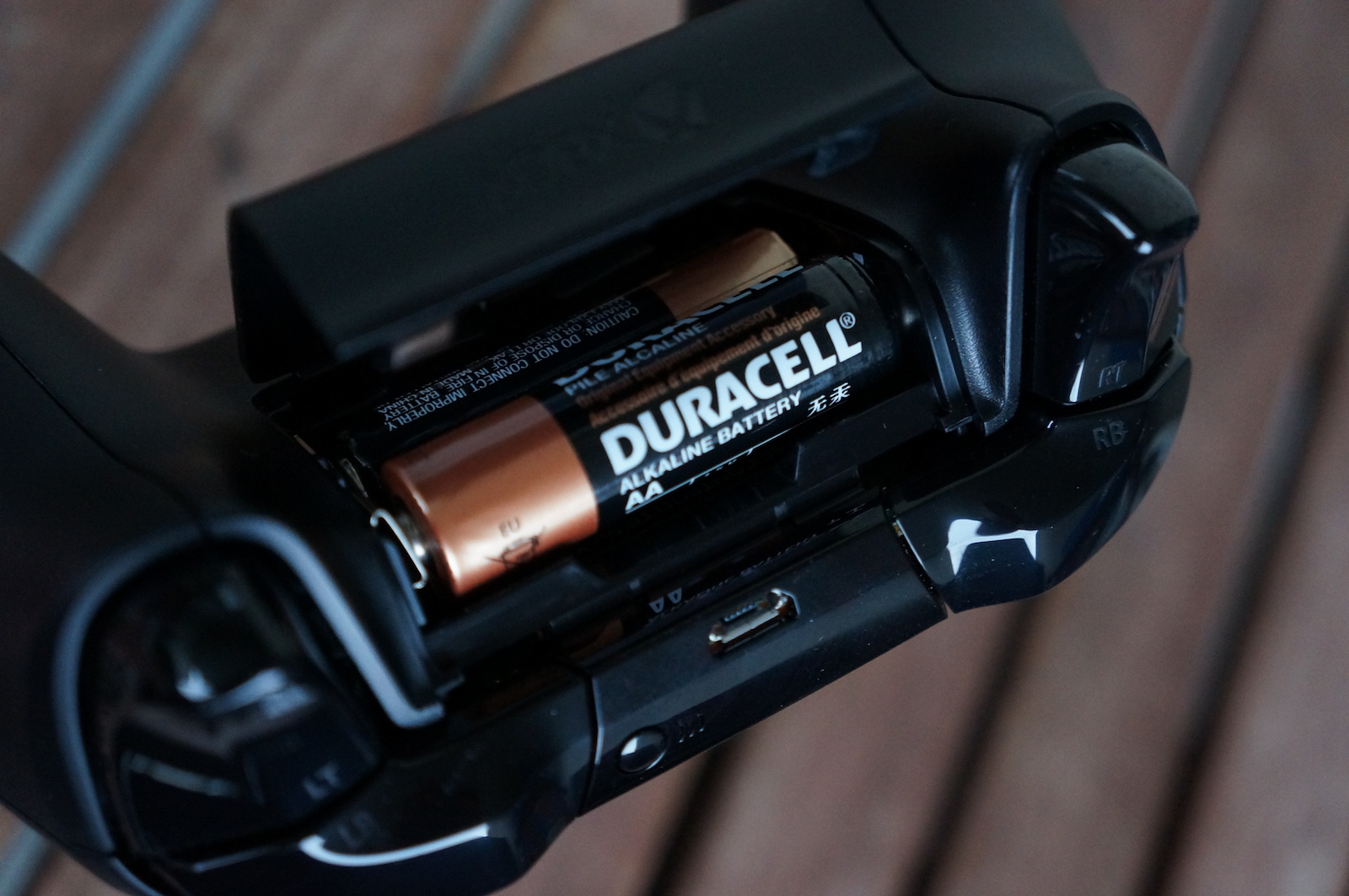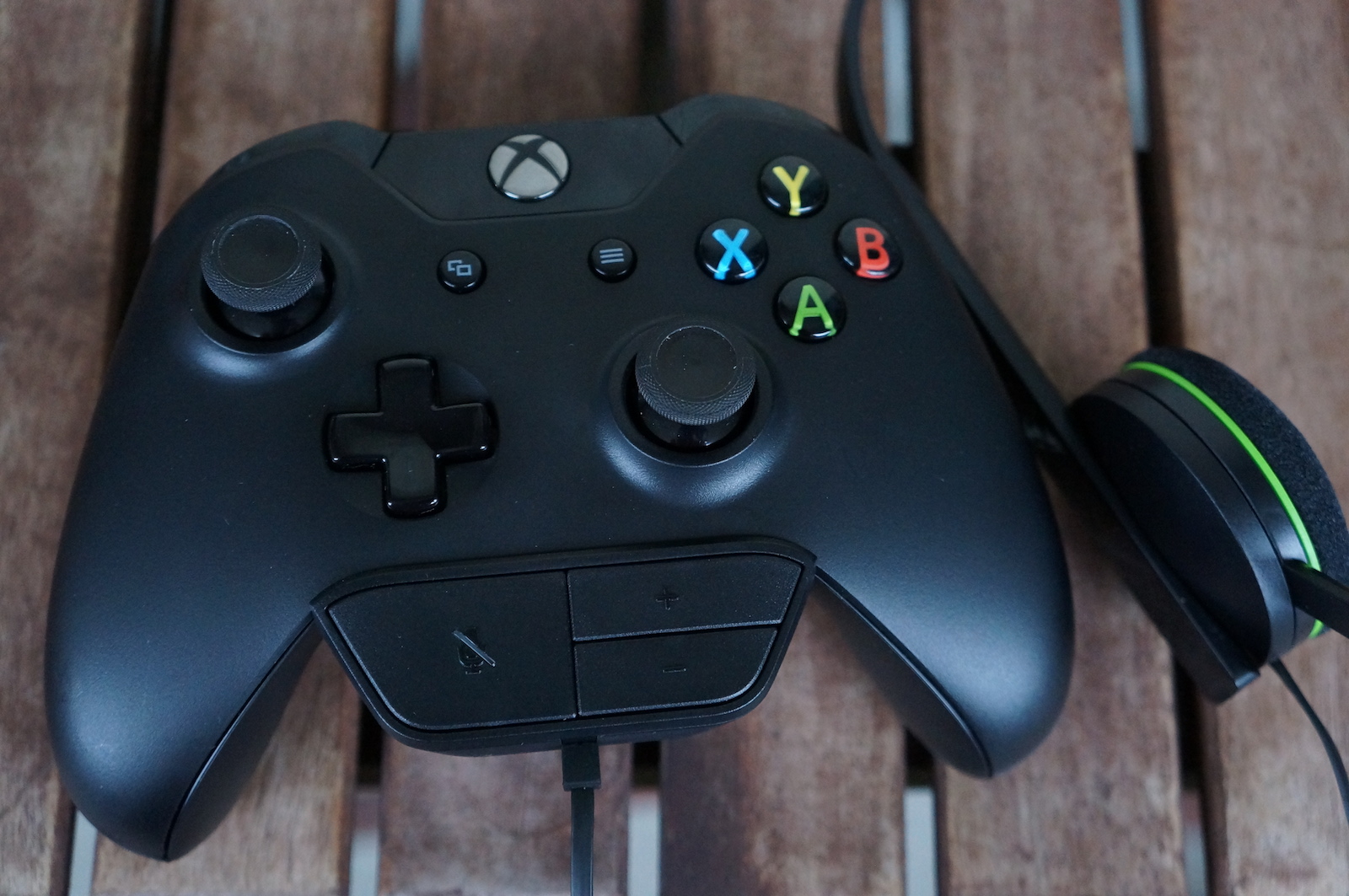Xbox One Review: Unifying Your Living Room Experience
We've been messing with Microsoft's Xbox One for a while now, and it's surprisingly hard to compare against Sony's PS4. Join us as we walk through the hardware, the software, and the console's role quarterbacking your more connected living room.
The Xbox One's Controller: Vastly Improved
The Controller
The Xbox One controller is a natural evolution of the Xbox 360's, which was already one of our very favorite designs. We like it so much that it's our go-to-choice on the PC when gaming with a keyboard and mouse aren't ideal. It feels familiar in-hand, yet pleasantly better in all regards. It's hard to articulate exactly, but this is a more refined design. Unlike the 360's controller, the Xbox One's has no bulging battery pack or exposed screw holes. Both changes improve comfort.
Unfortunately, we won't be able to make an immediate switch to the new controller on our PCs. It interfaces with the Xbox One via Wi-Fi Direct, and while Microsoft confirms that the Xbox One controller will offer PC compatibility, that won't happen until 2014.
In the previous generation, there were separate wired and wireless controller models. This time around, the Xbox One controller switches to full wired mode whenever it's connected to the console through microUSB. In that state, the controller shuts off its radios and transmits all I/O through the cable, reducing latency.
New to this generation is a vastly improved rumble system. The left and right triggers now have vibration motors built into them, which provide independent force feedback. We find great examples of this in shooters, where the triggers vibrate when a gun is shot, or driving games, where the texture of the ground feeds back into your finger.
Beyond the discrete rumble capability, the triggers themselves operate more smoothly. In contrast, the face buttons feel mostly similar, and the analog thumb-sticks have a more grippy texture to the edges. One change that may take some getting used to is the renaming of the "back" and "start" buttons to "view" and "menu". In practice, they'll probably be used for the same in-game functions, so there's just a matter of getting used to the new nomenclature as we move further away from the classic "select" and "start". We're sure that some of the humor isn't lost on Tom's Hardware readers when we point out that, like Windows 8, the Xbox One rids itself of the start button.
Vastly improved from the Xbox 360 days is the Xbox One's directional pad. Microsoft tweaked the d-pad a few times throughout the Xbox 360's life, but all of the iterations pale in comparison to this new one. Where it was once imprecise and mushy, the Xbox One's d-pad responds to even the lightest touches accurately.
While the PS4's DualShock 4 controller carries on with the built-in rechargeable battery first introduced in the DualShock 3, Microsoft sticks with the same power source used for the Xbox 360 controller: two AA batteries. The more customer-friendly approach is debatable. As with the power supply discussion, Microsoft's solution makes replacement easier, while Sony's solution is arguably more elegant. But as someone who has had to order aftermarket Li-ion batteries to resuscitate a DualShock 3 controller, my vote is in favor of Microsoft.
Get Tom's Hardware's best news and in-depth reviews, straight to your inbox.
We also can't give an advantage to the DualShock 4 for being rechargeable, as there will once again be a Play & Charge kit that puts rechargeable cells into Microsoft's controller. With that said, we're perfectly happy using a set Sanyo Eneloop AAs.
In fact, for extended gaming sessions, the Xbox One's seemingly old-fashioned power source is an advantage. A drained DualShock 4 controller has to be tethered to the console (or some other power source) to charge back up, while the Xbox One just needs a new set of batteries to carry on.
As we saw from the Xbox 360, Microsoft's new headset attaches to the bottom of the Xbox One controller. The port is not backward-compatible, but Microsoft claims that it offers vastly improve sound quality.
Current page: The Xbox One's Controller: Vastly Improved
Prev Page The Xbox One GPU: GCN-Based Next Page A New Kinect Camera: The Xbox One's Other Controller-
lostgamer_03 Great review, really made reflect over what a gaming machine should be able to do nowadays. A gaming machine isn't just a gaming machine anymore and the Xbox One, even though it might not be as powerful as PS4, is a really attractive product in my perspective.Reply -
Nahkman Reinventing the TV experience only applies to the Americas as the rest of the world does not really care much about ESPN, and also a lot of the functionality is NA only, there was also a rumor that kinect voice commands do not work in a lot of european countries.Reply -
Maziar Great reviewReply
At the time being,IMO PS4 is a better gaming machine;whereas,X1 is a better entertainment system.
PS4 has a more powerful GPU so it should perform better in games and is $100 cheaper too;whereas,X1 tries to do more than just gaming and costs more.
For me,PS4 is a better machine because I only tend to play games on a console but X1 is also a great machine -
de5_Roy 10 pages and.. nothing about xbone(R)'s gaming capability or gaming experience. the review was done well, but seems restricted to media capabilities. the device seems versatile.Reply
some of the ps4 reviews i read had info on gaming as well as media/entertainment. i mean info like how the games look and feel to a player, resolution and user perception, joystick (and other input devices) performance in gaming etc. -
daglesj As a 42 year old that back in 2006 played a lot of games on my console but now mainly uses it for media and streaming with a bit of gaming on the side (I'm sure I'm not the only one) the Xbox One is a more compelling unit than the PS4.Reply
I'm pretty sure MS went over the usage stats of the 360 and found that more and more people were using the media/TV/movie aspects. After all thats where the money is.
MS could sell half as many Xbox Ones as Sony but it will still be making far more per console in subscriptions and services. The money going forward isn't in games.
However, I don't think this generation will be as long lived as the 360/PS4. I see One.5 or PS4.5 models or total replacement within 5 years. -
zzzaac Unfortunately all these nifty things are half working or not working at all for countries other than US of AReply
I might be getting both, but to be honest I might not get any, as I've become more of a PC gamer -
cats_Paw I think im getting old, becouse when i read this i think that the Xbox one is basicly a low end PC with limited usability...Reply





